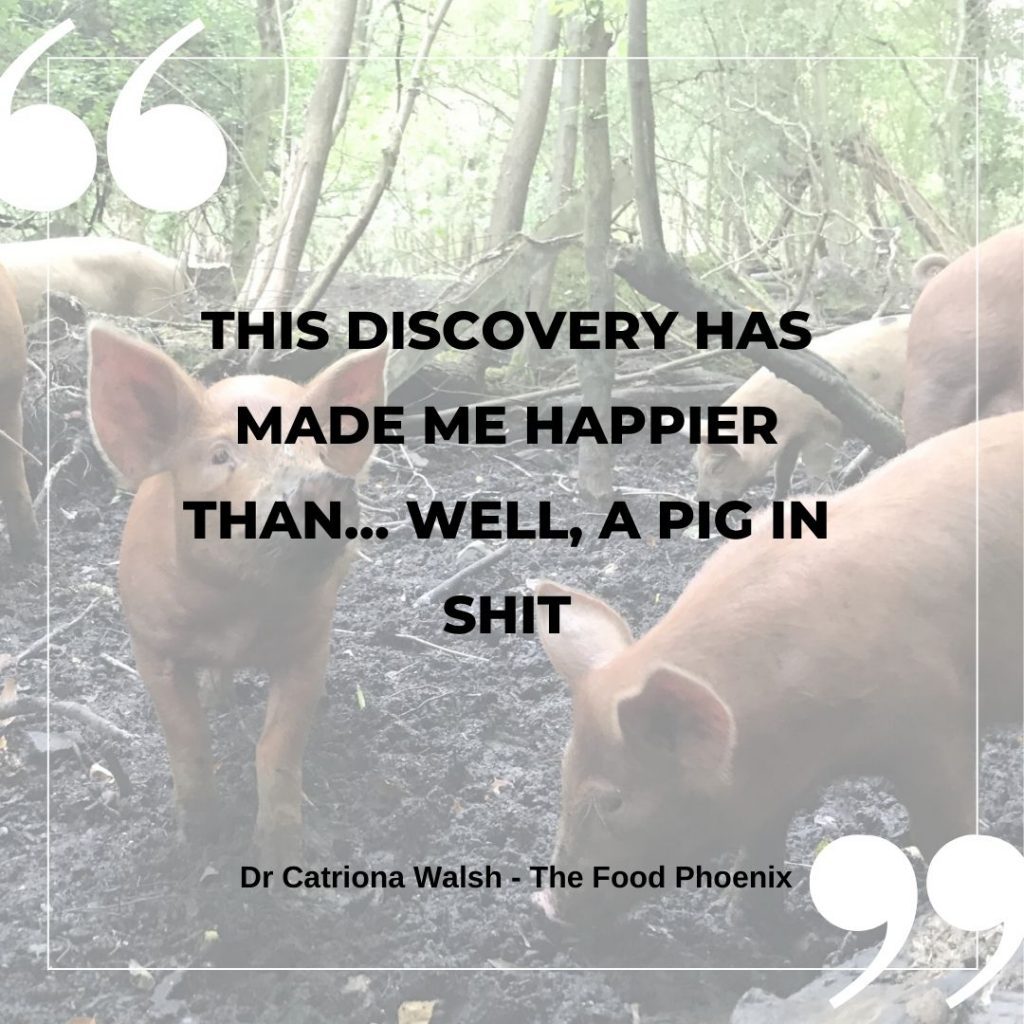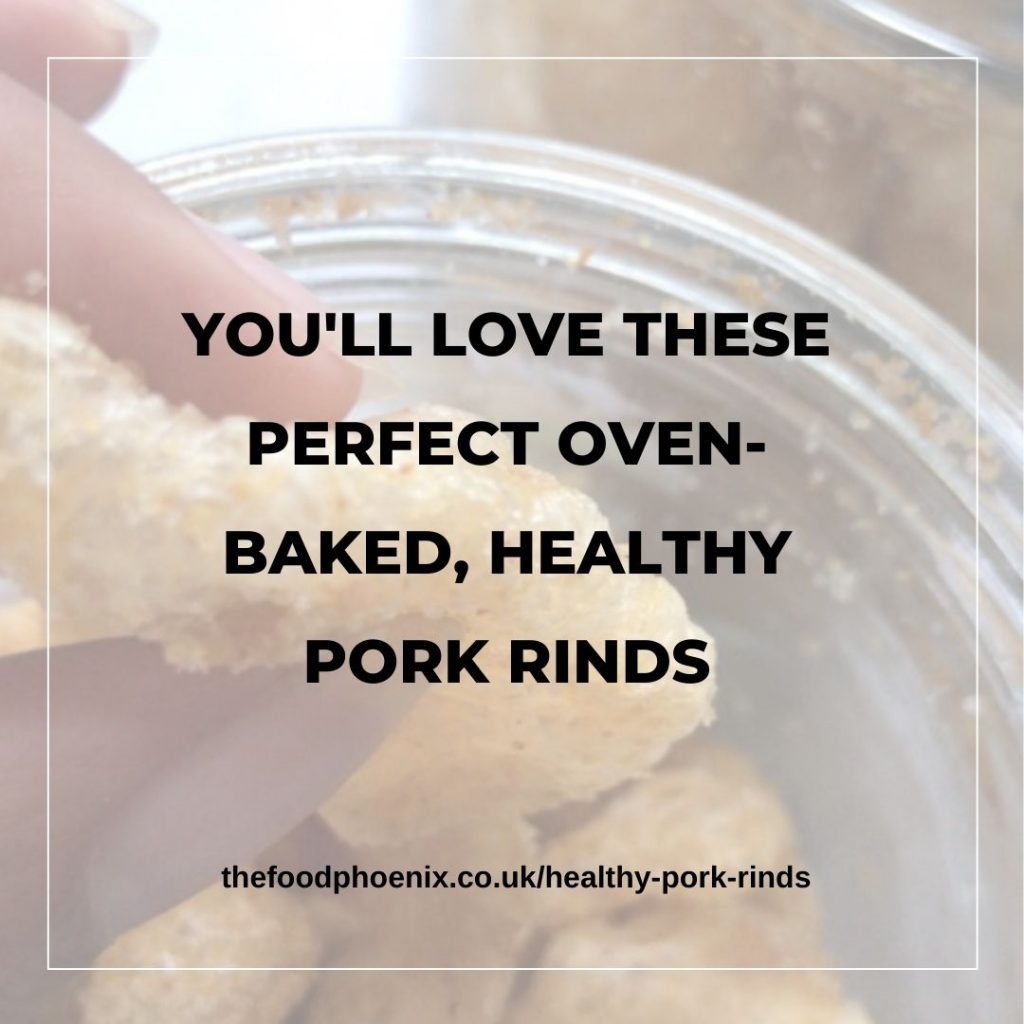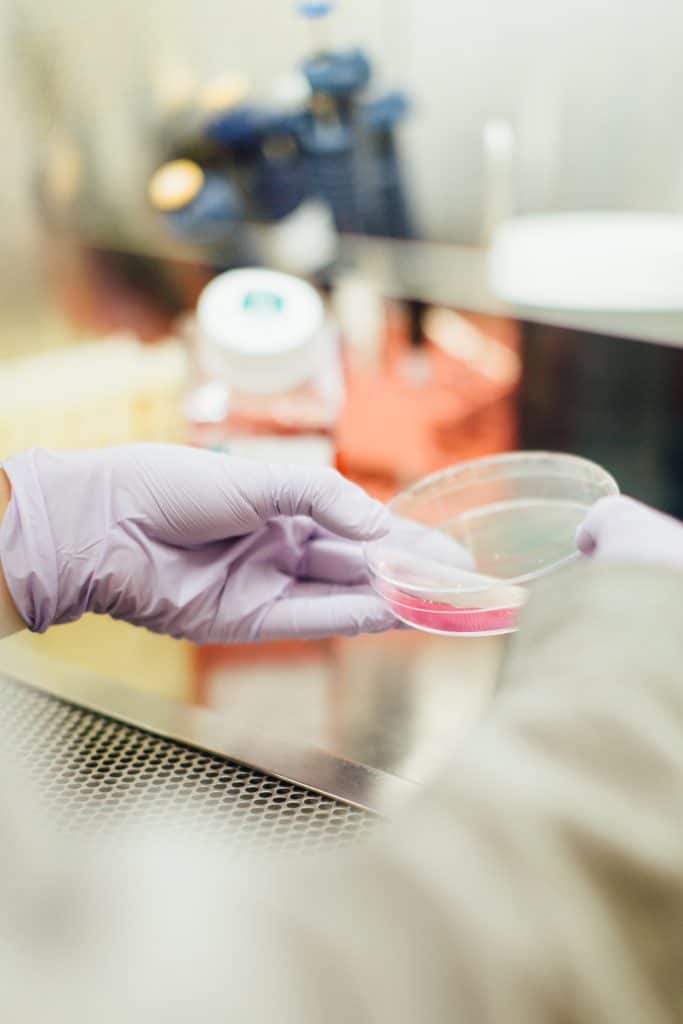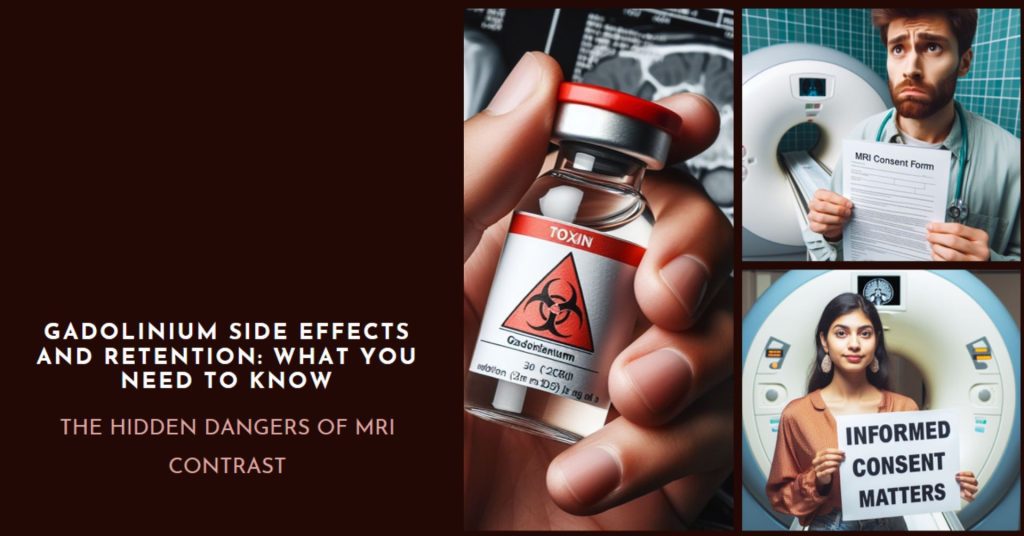You'll love this perfect oven-baked, healthy recipe for pork rinds
Here’s my special recipe for pork rinds. Let me qualify that statement: this recipe is for the best, easiest, healthy pork rinds you can make at home without a deep fat fryer. Chicharrones, pork scratchings, call them what you will. These delicious, crispy, salty, keto, gluten-free snacks are just what the doctor ordered to munch on when you need something salty and flavoursome. Especially if you’re diabetic as they won’t spike your blood sugars. And you can make them easily in the oven.
You can take the girl out of Northern Ireland, but you can’t take the taste of Tayto cheese and onion out of the girl…
I grew up in Northern Ireland, land of Tayto cheese and onion crisps and home to Tayto Castle. You may have no idea what Tayto crisps are, but in Northern Ireland, they’re an institution.
When I went to Cambridge University, I was grief-stricken to discover that they weren’t sold in England. Walker crisps were insipid by comparison.
In fact, just as was the case anywhere in the rest of the UK where there’s a Northern Irish diaspora, any time anyone came to visit me in Cambridge they were instructed to bring a massive box filled with bags of Tayto crisps along with them. Either cheese and onion, smokey bacon or prawn cocktail (the prawn cocktail one might be contentious).
It’s hard to know which were more welcome: the visitor or the crisps.
While Tayto crisps are also made in the Republic of Ireland, the packaging is different and so is the taste. Probably. They always seemed to have a different flavour when I was growing up. Northern Irish Tayto crisps from Tandragee were always the best. This is a fact known only to people from Northern Ireland. Of course, people in the Republic believe that southern Tayto is superior.
Northern Tayto cheese and onion have the perfect balance of tangy, sour, umami, pungent, salty, and crisp. When you get to the bottom of the packet, it’s customary to tap the crumbs into one corner, tilt your head right back, and pour them straight into your open mouth. Then lick the dust off your fingers and perform some sort of origami triangle thing with the empty packet before discarding it.
It’s a ritual understood only by Northern Irelanders.
Even though I haven’t been able to enjoy iconic Tayto cheese and onion for years, I still cherish the remembered the taste on my tongue.
Here’s a bit of trivia for you. Legend has it that the first flavoured crisps (potato chips) anywhere in the world were Tayto cheese and onion.
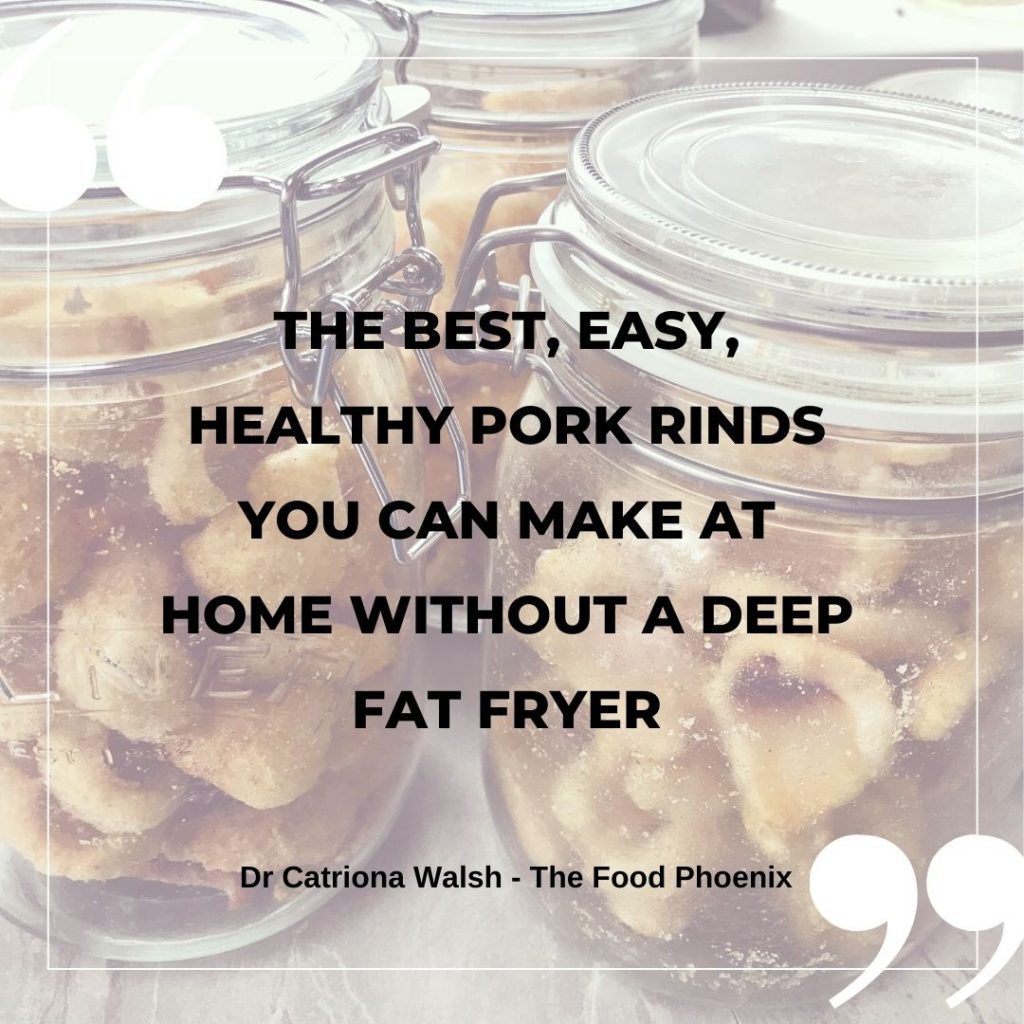
Goodbye Tayto. Alas, we had some good times.
Now that I’m on a low carb/mostly keto version of the autoimmune protocol (AIP) diet thanks to gadolinium toxicity, processed foods and potatoes are out for me. So I can’t even try to make a substitute for those Tayto cheese and onion crisps. Nightshades are not my friends right now. Bad gadolinium.
I’d come to terms with it. No sense crying over spilt spring onion flavour. In fact, I seldom think about all the foods I’ve given up over the years. What about you? Do you still yearn for forbidden carbohydrates and nightshades?
Hello, recipe for pork rinds!
Then I recently discovered I can make my own pork scratchings. From scratch(ing). (For anyone in the USA, this is a play on words using pork scratchings).
This recipe for pork rinds hits pretty much all the right notes when it comes to being light, crispy, salty, and umami. I can even add spices to ramp up the tangy, sour, pungent and sweet notes.
Discovering this recipe for pork rinds has made me happier than… well, a pig in shit. For me, healthy pork rinds are more than a substitute for crisps. They’re superior in many ways!
Listen, we all get stressed sometimes. Or even ALL THE DAMN TIME. That’s why I focus on helping overworked and exhausted professionals get their lives back. If you’d like to get in touch with me about how I can help you, get in touch here.
I’m no stranger to tension. And many of us eat our feelings. Then feel guilty, lethargic, and frankly queasy afterwards. We know those comfort foods are junk and doing us harm. But comfort eating is a coping strategy and we’re living in a strange time where healthy coping skills are often harder to indulge in than unhealthy ones.
So wouldn’t it be great if you had a healthy, go-to snack you can savour guilt-free? Don’t get me wrong. I’m not saying you should devour these incredible pork rinds all day, every day. Although they’re so tasty, you may be tempted to give it a go. But they pack a nutritional punch you mightn’t expect.
Want more tips on how to deal with anxiety? This blog post has you covered.
Get access to your FREE stress-reduction course

If you are feeling stressed and stretched tighter than an inflated balloon while simultaneously deflated like someone has let all the air out, you’ll need this free stress management course. Which is yours when you sign up for my newsletter.
You don’t need a deep fat fryer to make this healthy recipe for pork rinds
Anyway, you came here for a chicharrones recipe and by god, that’s what you’ll get! And not any old chicharrones recipe. This chicharron recipe is for people like me who don’t even own a deep fat fryer. Because this recipe for pork rinds only needs an oven.
That’s right. You heard me. A recipe for oven pork rinds that are as light, crispy and crunchy as deep-fried pork rinds. But without all the hassle of a deep fat fryer and without having to use toxic vegetable oils or even find extra lard or tallow.
I’m from the UK where we talk about pork scratchings. Although they’re popular in North America, particularly in Mexico and the USA, I hadn’t even heard of chicharrones until a few years ago. And rinds are what you cut off your bacon. Actually, if I’m being accurate, rinds are what I cut off my bacon AND THEN put back into the oven to crisp up until they’re delightfully crunchy. Because my butcher still leaves the rinds on his bacon. He’s old school.
What’s the difference between pork crackling and pork rinds?
Pork crackling is the hard, brittle, sometimes chewy, sometimes crispy skin you get on a pork roast or other roasted pork dish. It’s hard to get your crackling consistently right. Great pork crackling can be delicious. But the texture is always different from crispy, light pork rinds.
Except when pork crackling is twice cooked pigskin that’s lighter than pork scratchings. Or should that be cracklins? Clear as mud? Great.
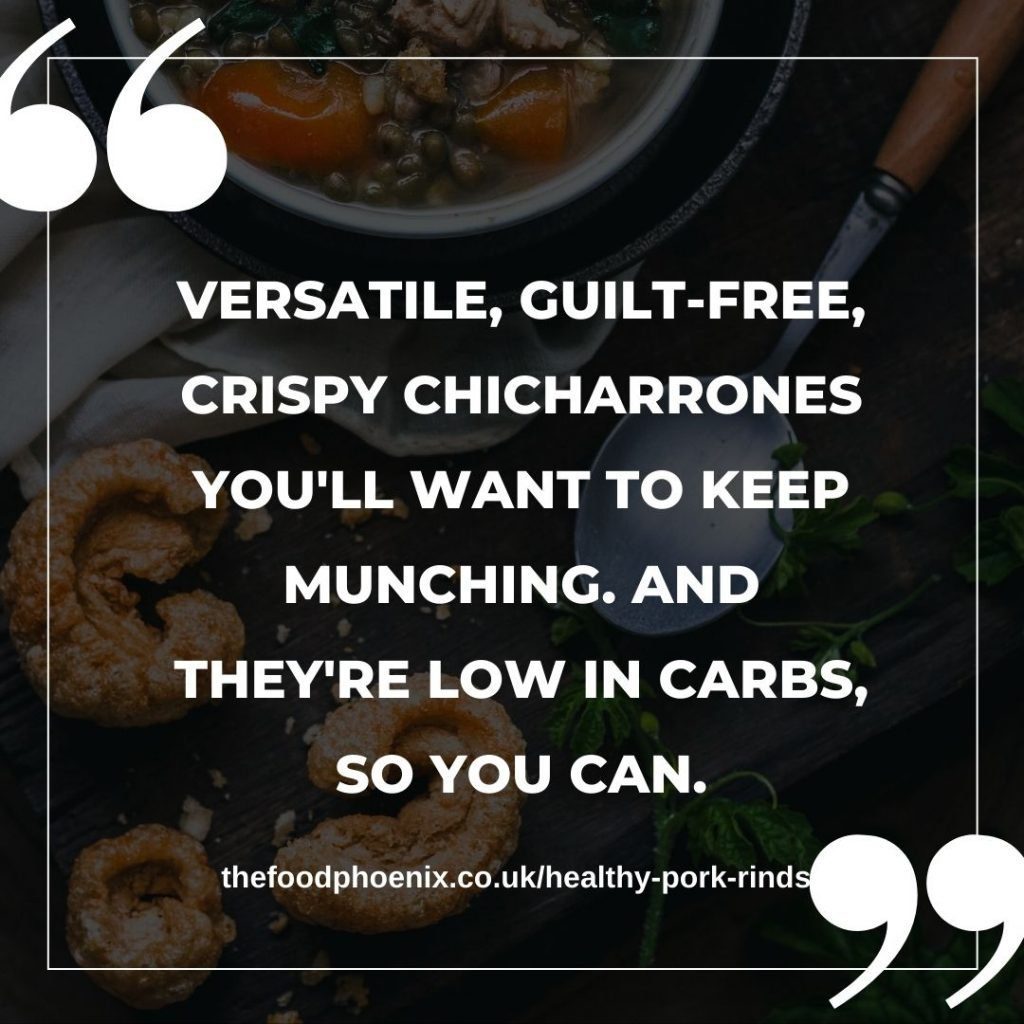
What are chicharrones in English?
Pork rinds, chicharrones, and pork scratchings are different names for the same thing depending on where you live. Popular throughout the world, pigskin is part of the culinary landscape and is an important part of many cuisines.
Pork rinds are what they’re often called in the USA. They’re what happens to crackling when you remove the skin from the roast or joint when raw, dry it out completely and then cook it with fat rapidly at very high temperatures. The high heat makes the trace amounts of water left in the dried skin vaporise and expand. The skin itself puffs up to a honeycomb which is light, crunchy, and crisp.
Strictly speaking, chicharrones can also refer to fried strips of pork belly with the skin either left on or removed. And it can also be used to refer to fried pork fat, fried water buffalo hide, and can be made from mutton, beef or chicken.
The big difference between crackling and pork rinds is in how they are prepared.
You may be wondering how pork rinds are made. There isn’t only one recipe for pork rinds. But typically a recipe for pork rinds calls for a deep fat fryer.
Are store-bought pork rinds healthy if they’ve been deep-fried in rancid sunflower or canola oil?
No. It doesn’t help that they’re made from factory-farmed pigs kept indoors, often in poor conditions and fed on a poor diet of grains unfit for human consumption plus the pesticide-soaked waste from vegetable oil production either.
Farmyard animals are used by Big Food to reduce their waste production. All the inedible, awful, toxic waste that’s left over from vegetable oil production and from refining grains is repackaged as animal meal. Instead of being discarded, it’s kept in the food chain and sold at a profit to feed unfortunate factory-farmed chickens, pigs and cattle. “Oil cake” sounds a lot more romantic than “chemical solvent-soaked, discarded, rancid junk that’s too dodgy to add to even ultra-processed rubbish.”
These animal meals may be made from cash crops including canola, sunflower seed, groundnut, cotton, rice, wheat, safflower and pretty much anything that would otherwise be destined for landfill because it’s deemed too low quality to be eaten by humans. I’ve discussed how Big Ag plant crops are more environmentally destructive than well-managed animal husbandry here. In that article, I also explain why regenerative agriculture is humanity’s last hope.
In many countries, antibiotics may also be added to the meal (hey America, I’m looking at you). The FDA may state that “food-producing animals should not have antibiotics in their system before being slaughtered for food.” But in practice, food fraud is everywhere these days. Ask Chris Elliott OBE, Professor of Food Safety at Queen’s University, Belfast.
What other ingredients in store-bought pork rinds are unhealthy?
Sometimes factory-produced pork rinds even have added ingredients like sugar, cornstarch, yeast, flavourings, maltodextrin, MSG and food colourings. Those unhealthy ingredients mean that the answer to the question “are pork rinds healthy?” is usually no if you bought them in a store and they were made in a factory. When these ingredients are present, the pork rinds are ultra-processed and should be avoided.
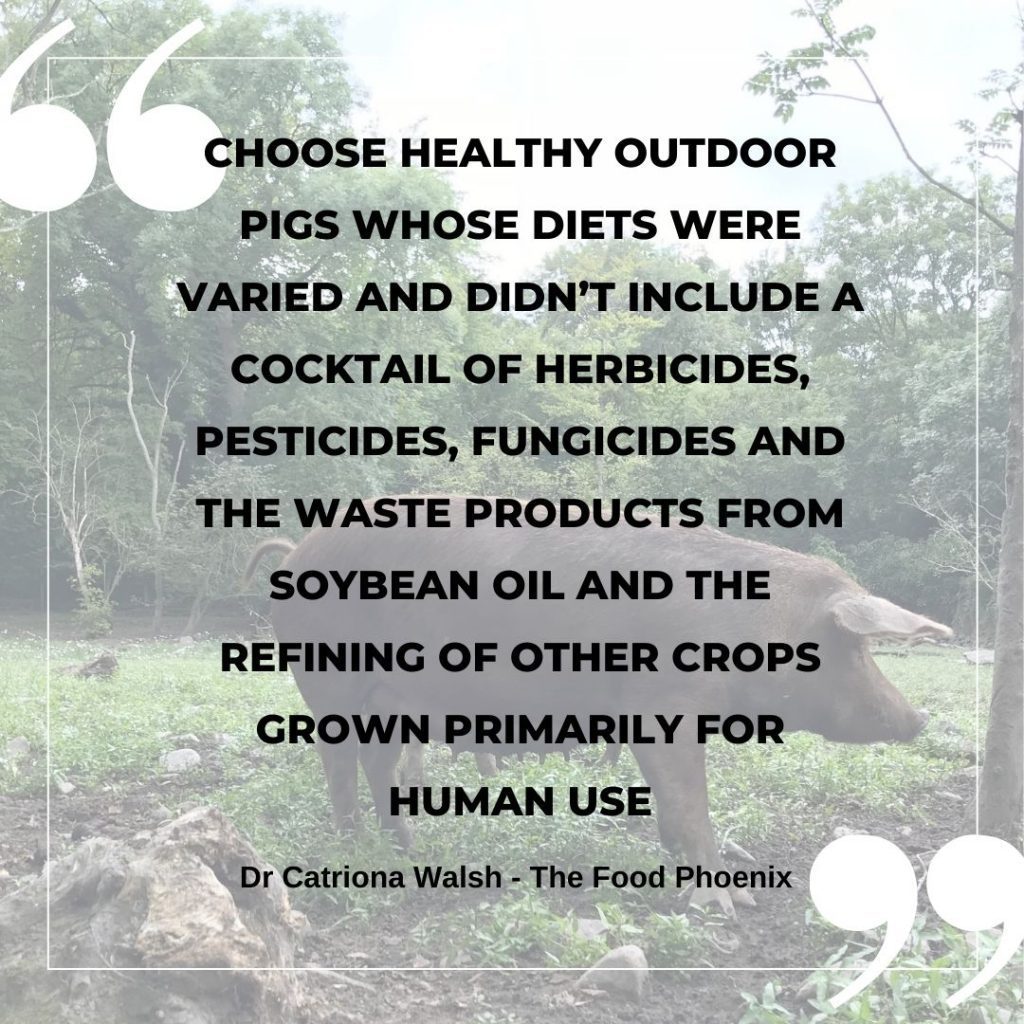
However, homemade pork rinds are healthy when you choose your ingredients carefully and follow traditional food preparation techniques. Everything down to how the pigs were raised makes a difference. Choose healthy outdoor pigs whose diets were varied and didn’t include a cocktail of herbicides, pesticides, fungicides and the waste products from soybean oil and the refining of other crops grown primarily for human use.
Are pork rinds good for you?
The answer to this may be counterintuitive if you’ve been following a low fat, high carb diet. But if you’ve been eating real food for a while it should come as no surprise. When you use your own recipe. homemade pork rinds are nutrient-dense.
Here’s why homemade pork rinds are healthy
Pork rinds nutrition facts
Pastured lard is an unusually good source of vitamin D3. We aren’t the only animals to make vitamin D in our skins when we’re outside in the sunshine and store it in our fat. Pigs are ninjas at it. Of course, pigs stuck indoors all day contain much less vitamin D. So knowing the source of your food is again crucial. And it’s yet another black mark against factory farming. Intensive CAFO-farmed pig fat contains very little vitamin D, as you’d expect. CAFO stands for concentrated animal feeding operation.
The importance of healthy sources of salt
Pork rinds can be a great source of salt. Again, if you’re a low carb, real food veteran, the fact that salt is essential for life will come as no surprise. But if you’re new to this way of eating and you’re hearing that you may need to increase your salt intake for the first time, you might be thinking I’m a quack.
I actually used to be a paediatrician. When I started working in medicine, we prescribed intravenous fluids with what we believed were children’s daily salt requirements. Boy did we get those wrong!
Very early in my paediatric career, there were a series of deaths of children prescribed intravenous fluids while they were in hospital. These children died as a result of dangerously low blood levels of sodium. This tragically came about as a result of paediatricians routinely prescribing fluids with what we believed to be the correct amount of sodium-based on what children allegedly required every day.
There was an inquiry into hyponatraemia-related (low sodium) deaths in children in Northern Ireland. These cases changed how we prescribe iv fluids in paediatrics in Northern Ireland. Now we provide a lot more salt.
Can you have too much salt?
It is possible to overdose on salt. In fact, deliberate salt poisoning is a recognised form of child abuse. I’ve never seen a case of this. But I know it’s happened.
Nevertheless, if you can choose your own foods and use your taste buds, you aren’t likely to overdo it with salt because something that tastes too salty will be unpleasant. After all, the reason we can taste salt in the first place is to allow us to maintain the correct level of salt in our bodies. That goldilocks amount that we all need. And if you have functioning kidneys, you’ll wee out any excess. So be generous with the salt in this recipe for pork rinds.
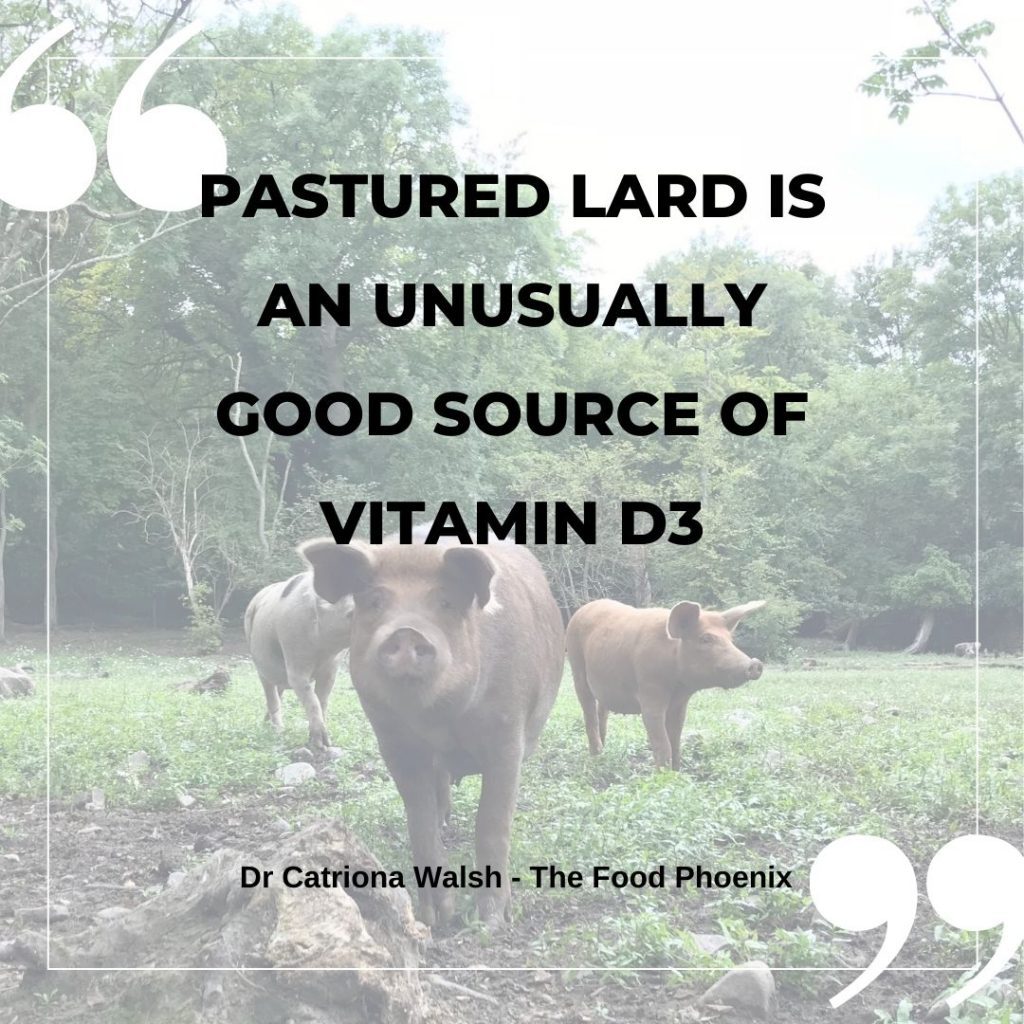
Pork rinds protein quality
Pork rinds are a super source of protein. But it’s complicated.
The protein breakdown of pork rinds is very similar to gelatin. In fact, gelatin is made from the skin/hide, tendons, and other connective tissues of pigs, cattle and other animals. To put it another way, pastured pork rinds are pretty much dehydrated high-quality bone broth. Nutritionally, pork rinds are a lot like this wonderful trotter stock recipe.
So they’re rich in many essential amino acids that you need to get from your diet. On top of this, pork rinds are healthy because they’re an exceptional source of the amino acids glycine, serine, and proline. I discuss the importance of glycine in boosting your antioxidant production, repairing your connective tissues, and helping you maintain a calm mood in this recipe for fall-apart, tender pulled beef brisket. Obviously, you also get the recipe which is perfect comfort food on a cold day.
Glorious glycine
Glycine is needed to make glutathione, usually called our “master antioxidant,” along with 2 other amino acids. What you may not know is that stress and toxicity deplete your glutathione.
Meaning you have to go out of your way to eat foods that boost your glutathione production when you’re stressed, are on medications and have had gadolinium contrasts. Low glutathione levels are also associated with depression and anxiety. As a consequence, you get stuck in a loop you struggle to escape from. The right foods, like these pork rinds and other healthy, anti-inflammatory foods, will help.
Of course, being such an integral part of our connective tissues, glycine is also necessary to build healthy skin, joints, and bones. But much more importantly, collagen (the principal component of our connective tissue) is the most prevalent protein in your body. Collagen makes up a whopping third of all your protein. And glycine makes up about a third of your collagen.
Terrific tryptophan
Having said that, skin is low in the essential amino acid, tryptophan. You need tryptophan to make some of your neurotransmitters (serotonin and melatonin). Few people know that melatonin (our sleep hormone) is the principal antioxidant in our mitochondria. Good luck trying to sleep if you’re deficient in tryptophan.

In addition tryptophan and the products our cells convert it into, plays lots of other roles in energy production and in fighting free radical damage inside our cells.
Isn’t it interesting that amino acids are necessary to make many of our most important antioxidants?
We’re reminded about the importance of vitamin C, vitamin E, vegetables and fruits for antioxidant production all the time. Most people think that antioxidants are only found in plants. Many people even believe that whole grains are a great source of antioxidants.
But we hardly ever think about the importance of protein for antioxidants. And yet, foods rich in protein are many of the most important antioxidant promoting foods out there.
Animal products, especially meat, fish, shellfish, organs, and invertebrates (that’s insects and other creepy crawlies) are usually the top sources of powerful antioxidants like zinc, selenium, omega 3 fats, vitamin D, vitamin E, and retinol (active vitamin A).
The best sources of digestible, complete protein, which you now appreciate is a prerequisite for producing antioxidants, are also from animals.
And we haven’t even discussed how antioxidants need enzymes to function and that those are made from proteins as well.
Nor have we discussed the pivotal role the free amino acid, taurine (another animal amino acid) plays in reducing oxidative stress and damage. But we won’t go into taurine right now because pork rinds are a poor source. Shellfish, especially clams, octopus, shrimp and fish, are the top sources.
But don’t forget…
The key message is, pork rinds and bone broths are a wonderful add-on to your diet, but you cannot use them to replace meat. If you try to reduce or limit your meat and cheese intake and increase your intake of gelatin, collagen, pork rinds, and bone broths, you’ll run into serious problems with tryptophan and taurine deficiency.
A note on the fat content of this healthy recipe for pork rinds
I couldn’t complete a discussion on pork rinds’ nutrition without talking a bit about pork rinds’ fat content. You might be thinking, “ah yes. Pork rinds contain bad fats.” Not so fast!
Pork rinds contain predominantly monounsaturated fats. To refresh your memory, monounsaturated fats are often called healthy fats and are the type of fat that’s given olive oil its reputation for health and longevity. Monounsaturated fats are very stable at high heats, so they tolerate being cooked very well and don’t turn harmful and rancid easily.
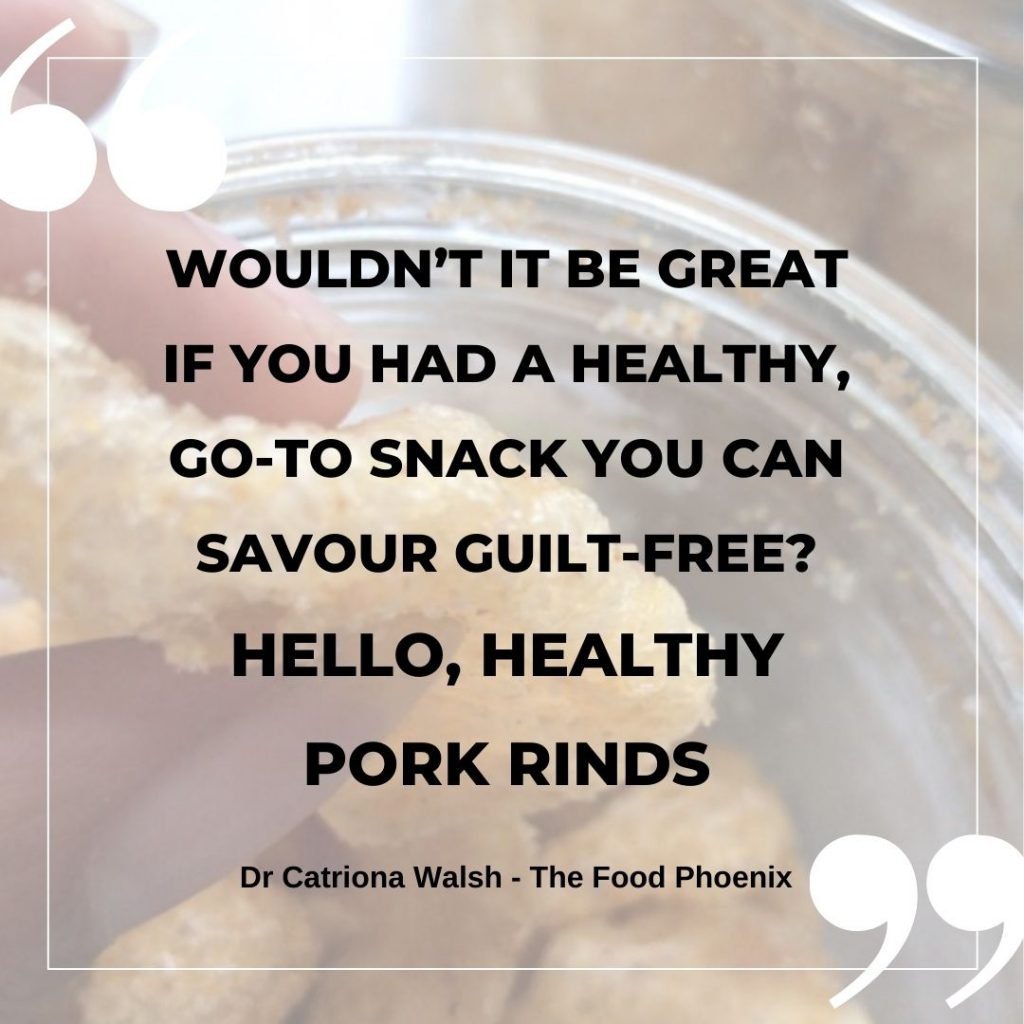
You’ll also find some healthy, stable saturated fats in pork rinds. Saturated fats are the best fats to cook with because they can’t be damaged easily. Saturated and monounsaturated fats are also the preferred way your body stores most of its excess energy. And they’re essential in holding every single cell and mitochondrion in your body together by creating the basis for all of your cell membranes.
Look, I know dietary saturated fat has been completely maligned for decades. But there was no reason for it. Or rather, the real reason was to help Big Food make $trillions selling products high in sugar, food additives, grains, soy, and vegetable oils. And then to help Big Pharma profit from selling drugs to people made sick by all the ultra-processed junk food. I’ve written about the corruption of Big Food and Big Pharma here.
But if saturated fat was really out to kill us, it would have been idiotic of nature to ensure we synthesised it ourselves in enormous quantities. Which we do.
Pork rinds also contain lesser amounts of essential omega 6 and 3 fats. They even contain small amounts of the fats found in salmon. Pastured pigs running around outside that can eat vegetation and small animals as nature intended are higher in essential healthy omega 3 fats than CAFO-farmed pigs.
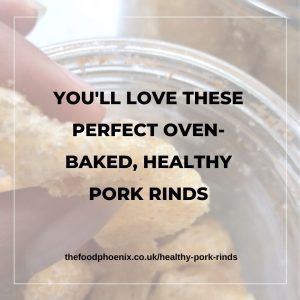
Healthy Recipe For Pork Rinds
Equipment
- roasting tin
- Rolling Pin
- cooling rack
- oven-proof dish or cast iron pan/skillet
Ingredients
- 500 g pigskin
- salt to taste
Instructions
- Inspect the pigskins for long hairs. If you find any, burn them off over a naked flame. I have a gas hob, but you might need to use a blow torch or BBQ. If you have wild boar skins, reconcile yourself with the fact you’ll be pulling boar bristles from between your teeth for the next week. Those things ain’t coming off.500 g pigskin
- Get a couple of roasting tins and on each roasting tin, place a cooling rack. Arrange your pigskins, skin side down, on top of the racks. They can touch but not overlap. In the oven, they’ll shrink as they lose water and fat. Don’t let them poke over the edge of the roasting tins unless you want to spend your evening cleaning lard off the bottom of your oven. Only got one roasting tin and no cooling racks? No problem. You’ll only be able to do one lot at a time. Lay the skins on the roasting tin skin side down.
- Place the pigskins on the racks on the roasting tins in the oven and turn to 100 ºC (212 ºF). Leave until the skins are completely dried out, hard and brittle (check them after 2 and ½ hours. They may need 3 hours). They need to be absolutely dry without a hint of bendiness, so like crackling, not like old leather. Quite a lot of lard will have rendered out of the skins and collected in the bottom of the roasting tins. Celebrate and collect it. Pour your warm, liquid lard into a clean, dry jar to save it for when you want to cook your healthy pork rinds later.
- Once the pigskins are dried out, you can store them in a sealed box for a week or 2 at room temperature until you’re ready to finish preparing them. Or you can cook them immediately. Dealer’s choice
- When you’re ready to cook your crispy, healthy pork rinds, preheat your oven as hot as it will go. The top marking on mine is 220 ºC (428ºF), but I can turn the dial slightly higher. I estimate mine can reach 230 ºC (446 ºF). I have a fan oven.
- Meanwhile, start setting some of the pork rinds on to a clean hard surface. A chopping board is ideal. Using a wooden rolling pin or a clean meat mallet, bash them into small pieces. This should be easy to do if they’re completely dried out. If they bend instead of shattering, they’re not dry enough yet and you need to put them back in the oven at a low setting.
- Now you’ll need a good oven-proof dish. I actually use my cast iron frying pan (skillet for Americans) which has a cast iron handle and no wood or plastic anywhere. But if you don’t have one of these, you need a dish which will happily tolerate very high temperatures, like a casserole dish. Put at least ½ cup of the reserved lard that you rendered from the pastured pigskin in the dish and pop into the hot oven for about a minute until the lard is liquid again. Don’t leave it in there too long or it’ll start smoking. Then take your pan or dish back out of the oven.
- Throw about 1-2 cups of small crackling (dried pigskin) shards into the dish and toss them in the runny lard using kitchen tongs or a tablespoon until they are well coated all over. In the oven, the chicharrones will increase a lot in size as they puff up, so you want to make sure there’s plenty of space in your dish or pan to allow for this without half of your healthy pork rinds falling on to the oven floor.
- Once the oven is really, really hot, pop the pigskins on the top shelf and set a timer for 9 minutes precisely. Be very exact. Don’t guess. As soon as the 9 minutes are up, remove the puffed up crispy, healthy pork rinds. They should be light golden in colour. They shouldn’t be burnt. None of them should have any hard bits that haven’t yet puffed up. If they’re dark brown, take 1 minute off the time for your next batch. If any of them are under-cooked, add 1 minute and fill your dish with fewer pieces the next time.
- You can transfer them onto some paper-towel-lined plates to drain. To be honest, I use my kitchen tongs and dump them straight into a bunch of Kilner jars.
- Make your next batch the same way if you have any left over.
- Add salt to taste. No, you need more than that. They take a lot more salt than you think. Be very generous. Close the jar and give it a good shake to distribute the salt well. Now taste one. You need to add a bit more salt, don’t you? The saltiness is one of the reasons I love them. One of the reasons pork scratchings are healthy is that they can be a great source of salt which, as I’ve already discussed, has been vilified so much that many people’s intake is insufficient. Real food keto, low carb, paleo and AIP diets are naturally usually pretty low in salt and when people transition on to them they often experience fatigue, headaches, dizziness and other symptoms from insufficient salt intake. Did you know that the top source of salt in the average American’s diet is bread and rolls? Blaming the salt for what the refined wheat did. Shame on you, dietary guidelines.salt
Notes
- Medicinal mushrooms seasoning (the medicinal mushrooms also have health benefits and this tastes awesome!)
- Garlic powder.
- Onion granules.
- Add both garlic powder and onion granules together.
- Try some black pepper.
- How about a generous dash of smoked paprika? (makes the pork rinds taste like smokey bacon crisps — crisps are what we call potato chips in the UK. In the UK, chips are French Fries)
- Some finely grated hard cheese like pecorino romano or parmesan. But beware: these pork rinds should be eaten immediately. You shouldn’t leave these cheeses at room temperature for more than 2 hours. They’re much safer in your belly!
- Or you could add onion granules plus grated cheese.
And that’s how to make chicharrones. What’s the weirdest thing you’ve done with pork rinds? I’m almost afraid to ask. Comment below. And keep it safe for work, please…
